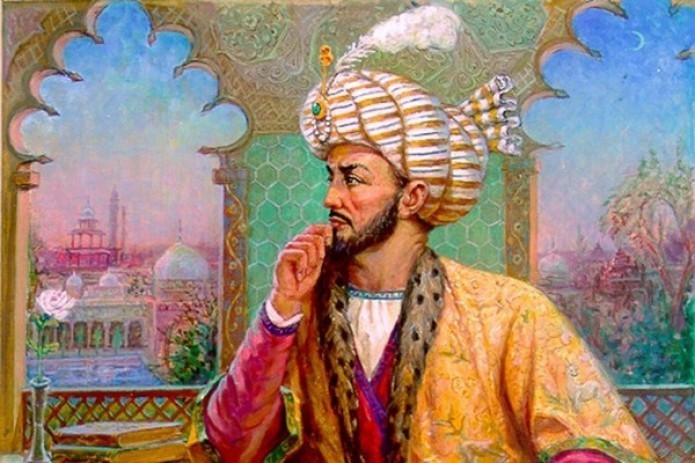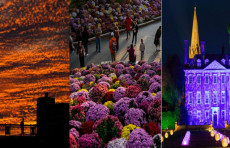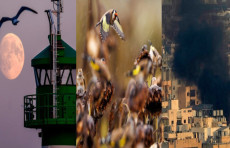Uzbekistan celebrates 537-the anniversary of Zahiriddin Muhammad Babur
Zahiriddin Muhammad Babur was born in Samarkand. Despite his many military campaigns, he was a peace-loving man, a poet, writer, and humanist. He absorbed most of the local cultural traditions as a child in Andijan, the birthplace of fine arts.

Today marks the 537th anniversary of the great poet, scientist and statesman–Zahiriddin Muhammad Babur. Love for man and love for the Motherland, happiness and despair, the desire to discover the whole world – all above was written in Babur`s poems more than five centuries ago.
Zahiriddin Muhammad Babur was born in Samarkand. Despite his many military campaigns, he was a peace-loving man, a poet, writer, and humanist. He absorbed most of the local cultural traditions as a child in Andijan, the birthplace of fine arts.
Babur also inherited a love for gardening, which was then a very popular pastime and craft. It was the tradition of Moghul princes to develop sites for recreation and pleasure during their lifetime and choose one of these as a last resting-place. So, Babur in his autobiography Baburnama, made will to be buried in the garden of his choice in Kabul, in a "grave, under the open sky, without any superstructure over it and without a gatekeeper". For this reason the Gardens of Babur were built with the tomb of the Emperor, the founder of the Baburid dynasty. The construction of the Park with the tomb was completed in 1529. Babur died on 25 December 1530 in Agra. Because of the uncertain political conditions prevailing at the time, he could not be buried in Kabul. His daughter Gulbadan Begim wrote about the temporary tomb in Agra in the "Humayun-nama". It was only almost 10 years after his death that Babur's last wish was fulfilled. The exact date of the reburial in Kabul is unknown, but undoubtedly the process took place no later than 1539. Babur`s garden was created as a series of cascading terraces comprised of 15 pieces, and made in the traditional style of architecture of the time. The tomb of the ruler is located on the territory of the fourteenth open-air terrace on a small hill called Shah-I-Kabul, right in the middle of the garden. The tomb is surrounded by a white wall made of marble. The structures of Babur's grave were significantly damaged in the 20th century, during numerous military operations, civil war and vandalism. Restoration and conservation works were carried out in 2002, during which the tomb was restored to its original appearance.
The architectural complex – “Bogi Bobur " has also undergone many changes. In 1645, a small mosque was built by Shah Jahan on the terrace below the structure. Then at the end of the 19th century, the ruler Amir Abdurahman Khan had ordered to rebuild the ruined garden, and thus changed its original appearance, in particular, the Central pavilion and the Queen's Palace were added.
Further, in the 30s of the last century, Babur's garden turned into a public park, and in the 80's, its reconstruction was completed. However, most of the buildings were destroyed, and trees were cut down during the war at the end of the century. But in 2011, with the support of the Afghan Ministry of culture, the garden was completely restored.





.jpg)
.png)



















